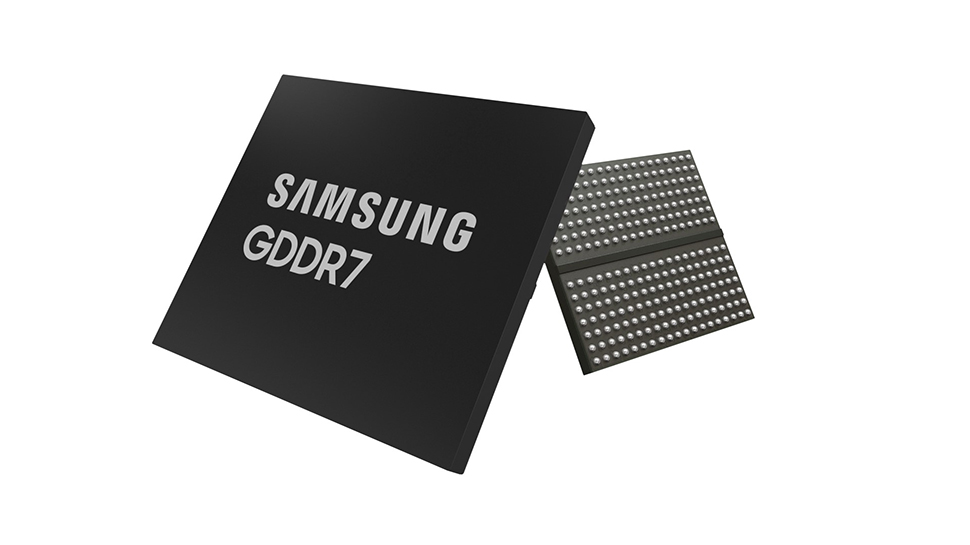Exclusive: Samsung to showcase the world’s fastest GDDR7 memory next month — 37 Gbps is a big improvement for GPU but others are catching up
GDDR7 offers ways to optimize memory efficiency and power consumption

GDDR, or Graphics Double Data Rate memory (originally known as DDR SGRAM - double data rate synchronous graphics RAM), is a crucial component in high-performance devices, particularly in the graphics and AI sectors.
The latest development in this technology is GDDR7, first teased by Samsung at its Tech Day 2022, and while specific details were initially scarce, more information has since come to light on the promising new memory standard.
At the five-day 2024 IEEE International Solid-State Circuit Conference, being held in San Francisco in February, GDDR7 is set to make an appearance in the session on High-Density Memory and Interfaces. There’s currently not a lot to go on besides the session heading in the Advance Program: "A 16Gb 37 Gb/s GDDR7 DRAM with PAM3-Optimized TRX Equalization and ZQ Calibration".
Samsung GDDR7
GDDR7 memory will utilize PAM3 and NRZ signaling, aiming to achieve data rates as high as 37 Gbps per pin. Its evolution has involved increasing signaling rates and burst sizes without significantly boosting the internal clocks of the memory cells. This has allowed each GDDR version to enhance the memory bus frequency, thereby increasing performance.
However, with frequency increases becoming complex, the industry is exploring other solutions. GDDR6X, for instance, replaced traditional NRZ encoding with PAM4 encoding, which effectively doubled the data transmission rate. With its reduced baud rate, PAM4 also significantly lessens signal losses.
GDDR7, however, will utilize PAM3 encoding, a compromise between PAM4 and NRZ signaling. This allows for higher data transmission rates per cycle than NRZ, reducing the need for higher memory bus frequencies. GDDR7 promises better performance than GDDR6, along with lower power consumption and implementation costs than GDDR6X.
In addition, GDDR7 offers ways to optimize memory efficiency and power consumption. This includes four different read clock modes, allowing it to run only when needed. GDDR7 memory subsystems can also issue two independent commands in parallel, optimizing power consumption.
Are you a pro? Subscribe to our newsletter
Sign up to the TechRadar Pro newsletter to get all the top news, opinion, features and guidance your business needs to succeed!
As for its release, GDDR7 is expected to become available along with the next generation of GPUs from AMD and NVIDIA, likely later this year.
More from TechRadar Pro

Wayne Williams is a freelancer writing news for TechRadar Pro. He has been writing about computers, technology, and the web for 30 years. In that time he wrote for most of the UK’s PC magazines, and launched, edited and published a number of them too.